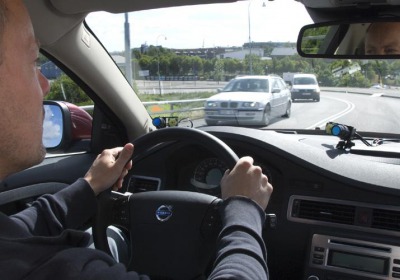Nanny Dearest: Active safety measures help to curb accidents
Thu, 28 Jun 2012
We complain a lot about electronic nannies here at Autoweek. They seem to step in to protect us just when things are getting interesting. Instead, we'd like to increase the skill quotient of drivers on the road.
As it turns out, though, the new safety technologies in our cars actually work. They reduce the risk of rear-end impacts by up to 42 percent according to a four-year EuroFOT study that brought in 28 companies to dissect the data.
The goal of EuroFOT, which stands for European Field Operational Test, is to make road transportation safer, more efficient and more pleasant. The organization is a collaboration among vehicle manufacturers, safety-systems suppliers, universities and government.
The company equipped 1,000 cars in Europe with tracking devices and focused on eight distinct vehicle functions that assist drivers in detecting hazards and avoiding accidents: adaptive cruise control, forward collision warning, speed regulation, blind-spot information systems, lane-departure warning, curve speed warning, safe human/machine interface and fuel-efficiency adviser.
The study found that the cars equipped with adaptive cruise control and forward-collision-warning systems were more than 40 percent less likely to collide with the vehicle in front of them. Adaptive cruise control was used for 51 percent of the total distance covered, which was 3 million kilometers.
As for collision warning, 70 percent of drivers felt that it improved the level of safety. One participant said, “Thanks to the warning system, a couple of times I managed to avoid being involved in an accident when the vehicles in front suddenly slammed on their brakes.”
EuroFOT says other technologies are helping too, but there isn't enough data to make a claim.
“The number of incidents is relatively small,” said John-Fredrik Gr
By Jake Lingeman

